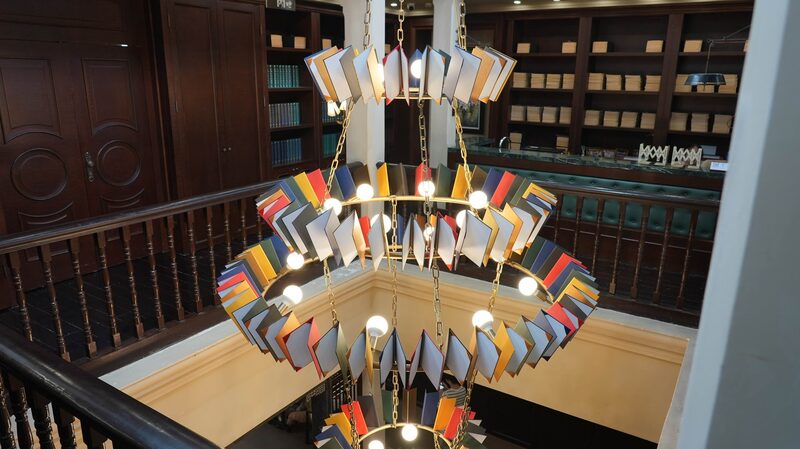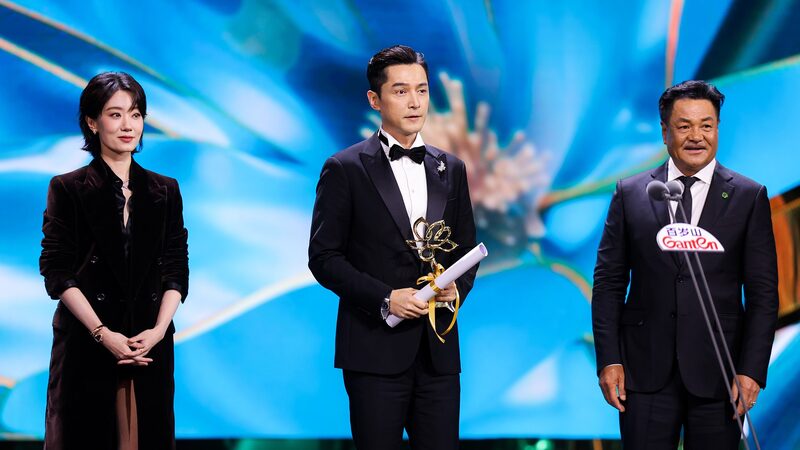China's ancient literary heritage is undergoing a high-tech renaissance as institutions fuse modern innovation with time-honored restoration practices. The Chinese Ministry of Culture and Tourism recently designated new national-level centers for ancient text preservation, spotlighting breakthroughs that safeguard fragile manuscripts while making them accessible to digital-age audiences.
At Shaanxi Provincial Library's Ancient Book Protection Center, specialists deploy scientific methods like spectral analysis and ultra-thin paper replication to rescue historical works. One landmark project involves restoring the Complete Collection of Ancient and Modern Books, a sprawling 17th-century encyclopedia rivaled only by the Yongle Encyclopedia in scope. 'Each repaired volume represents a conversation between ancient scholars and modern society,' noted a restoration specialist during the Cultural China Tour visit.
Fudan University researchers have engineered paper so delicate it weighs 1.6 grams per square meter—matching the texture of Ming Dynasty sheets. This allows seamless integration with original manuscripts, preserving both content and material authenticity. Meanwhile, the Capital Library's new digital platform uses AI to convert archaic scripts into simplified Chinese with automated punctuation, while glasses-free 3D projections animate classics like The Peony Pavilion, allowing tactile-free interaction with priceless texts.
These efforts reflect broader initiatives to transform protected cultural relics into dynamic educational resources. As China's literary past meets algorithmic analysis and immersive tech, millennia of accumulated knowledge are finding new relevance in global classrooms, research institutions, and living rooms.
Reference(s):
Tech Innovations Breathe New Life into Ancient Chinese Texts
cctv.com








